Restoration of the Sir Isaac Watts monument
Restoration work in Abney Park Cemetery is finally complete on the well-loved monument to Sir Issac Watts, one of Stoke Newington’s most notable former residents.
Dr Watts is a famous nonconformist English Christian minister, theologian and wit. He was prolific hymn writer, poet, and notable man of logic with many quotes attributed to him. He is credited with writing some 750 psalms alone, the most famous still in use today, which has earned him the title "The Father of English Hymnody". His hymns have been translated into many other languages which makes his appeal truly international. Watts connection to Stoke Newington lasted much of his life, from studying at a Dissenting Academy for nonconformists at Newington Green, tutoring and living locally, to spending 36 years living in the household of Sir Thomas and Lady Mary Abney, mostly at Abney Park, until his death in 1748.
The Grade II listed statue was erected in front of the Abney Park Chapel in 1845, funded by public donation to honour the celebrated hymn writer, theologian and logician. It was designed by the leading British sculptor, Edward Hodges Baily RA FRS, who also sculpted the statue of Lord Nelson atop Nelson's Column. Time had taken its toll on the beautiful Portland sandstone monument, the inscription lettering and wrought iron railings, and the right hand had been stolen a number of years ago.
Following a huge fundraising effort by Abney Park Trust, Orbis Conservation began the restoration work last autumn. As well as sculpting a new hand for Sir Isaac, they have also restored the listed railings and cleaned the whole monument.
The detailed and skilled works were finally completed at the end of January. Abney Park Trust worked to raise money to replace the missing hand and repair other damage to the monument, with walks, talks and fairs, as well as receiving a very generous donation from Talbot Underwriting Ltd. Two runners in the 2019 London Marathon: Jim Grice and William Deamer, also helped to raise the necessary funds for the restoration works.

